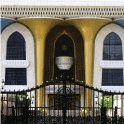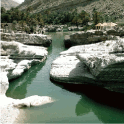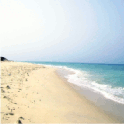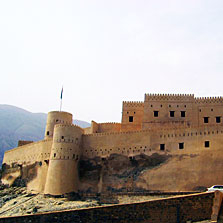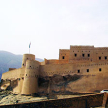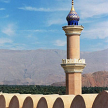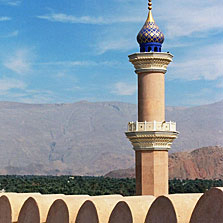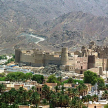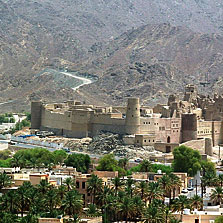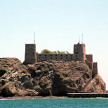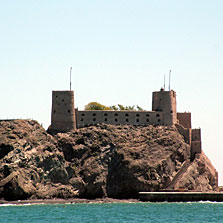Forts
One of the most characteristic and significant historical sights in the Sultanate is its majestic forts. These were built by Portuguese seafarers along the coast and also by Omani rulers (the Imams) in the interior.
The two Muscat forts, Mirani and Jalali, dominating old Muscat harbour look majestically powerful. They were constructed by the Portuguese in XVI century for the protection of the city harbour. Mirani is still in military use by the Royal Guard and Jalali (the former prison) serves as a personal museum of the Sultan and is only open for V.I.P. visitors.
The impressive city fortress is the most important piece of architecture in Nizwa. This stronghold was constructed in XVII century, made from stones and sarudj (burnt bricks of clay, mixed with pieces of a palm leaf). The main construction of the fortress is one large citadel. This is a huge tower of 27 meters in height and 50 meters in diameter. Loopholes with guns are located all around the perimeter. Many hiding places, secret passages and tunnels are located inside the fort. You can also see wells, which provided the defenders of the fortress and the inhabitants hiding from enemy attacks with water.
The magic Bahla is well known for its impressive fort which is under the protection of UNESCO. Nearby the city you can see the magnificent fort Jabrin, a classical example of an Omani palace. It was constructed by Sultans Bilarab bin Sultan from the Al-Yaaruba dynasty, who supported science and art. In Jabrin it is possible to see painted ceilings made from the Malabar teak tree, graceful castellated parapits, its massive doors covered by masterly carved woodwork, the majlis - a room for receptions - and even a confidential room for VIPs and secret negotiations. The accompanying guide will show you two walls with a niche hidden in the surface. In these the guardians of the imam could attack the enemy in case of approaching danger.
Its ancient fort is a central point of Khasab, the capital of Musandam Province. It was built by the Portuguese at the end of XVI century, though it has since been repeatedly reconstructed.
<< back
